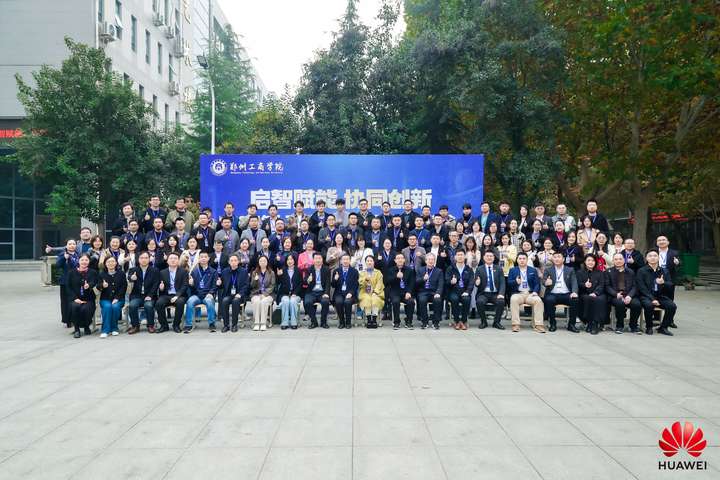NodeMCU文档中文翻译 3 构建固件
一、译文 主要有三种方法来构建NodeMCU固件:云端构建服务、Docker 镜像和专门的Linux环境(可能是虚拟机)。1、手动构建注意,默认配置的C文件头(user_config.h,user_modules.h)被设计成运行在所有的ESP模块中,像ESP-01一样包含512KB的模块,并且只包含最多使用两个GPIO引脚的通用接口模块。2、云端构建服务N
一、译文
1、手动构建
2、云端构建服务
NodeMCU应用开发者们只需要一个现成的固件即可。这里为他们准备了一个 云端构建服务,拥有友好的界面设计和配置选项。3、Docker镜像
有时候NodeMCU固件极客们并不需要完全了解工具使用。他们可能不希望配置一个具备构建环境的Linux虚拟机。Docker能够帮助他们。尝试一下使用Docker镜像中的环境来构建NodeMCU固件吧。 传送门4、Linux构建环境
NodeMCU固件的开发人员提交或贡献GitHub上的项目,并且想要建立属于他们自己的完整构建环境和工具链。这里有一个 esp8266.com Wiki上的帖子有相关说明。【转载请注明出处 : http://blog.csdn.net/leytton/article/details/51722570 】
二、原文
There are essentially three ways to build your NodeMCU firmware: cloud build service, Docker image, dedicated Linux environment (possibly VM).
Building manually
Note that the default configuration in the C header files (user_config.h, user_modules.h) is designed to run on all ESP modules including the 512 KB modules like ESP-01 and only includes general purpose interface modules which require at most two GPIO pins.
Cloud Build Service
NodeMCU "application developers" just need a ready-made firmware. There's a cloud build servicewith a nice UI and configuration options for them.
Docker Image
Occasional NodeMCU firmware hackers don't need full control over the complete tool chain. They might not want to setup a Linux VM with the build environment. Docker to the rescue. Give Docker NodeMCU build a try.
Linux Build Environment
NodeMCU firmware developers commit or contribute to the project on GitHub and might want to build their own full fledged build environment with the complete tool chain. There is a post in the esp8266.com Wiki that describes this.
更多推荐
 已为社区贡献3条内容
已为社区贡献3条内容









所有评论(0)